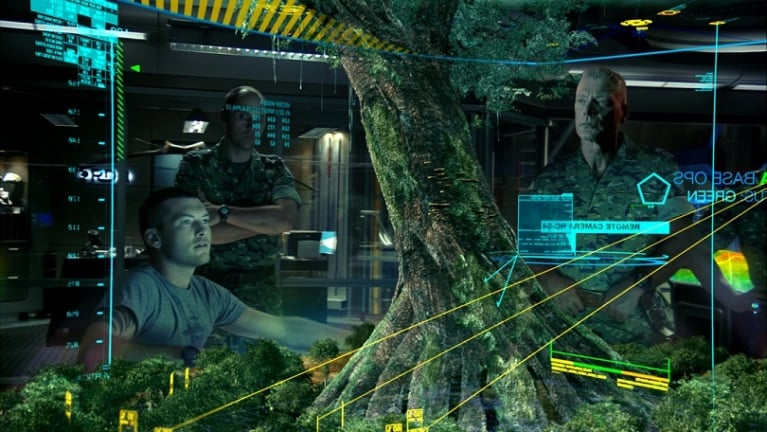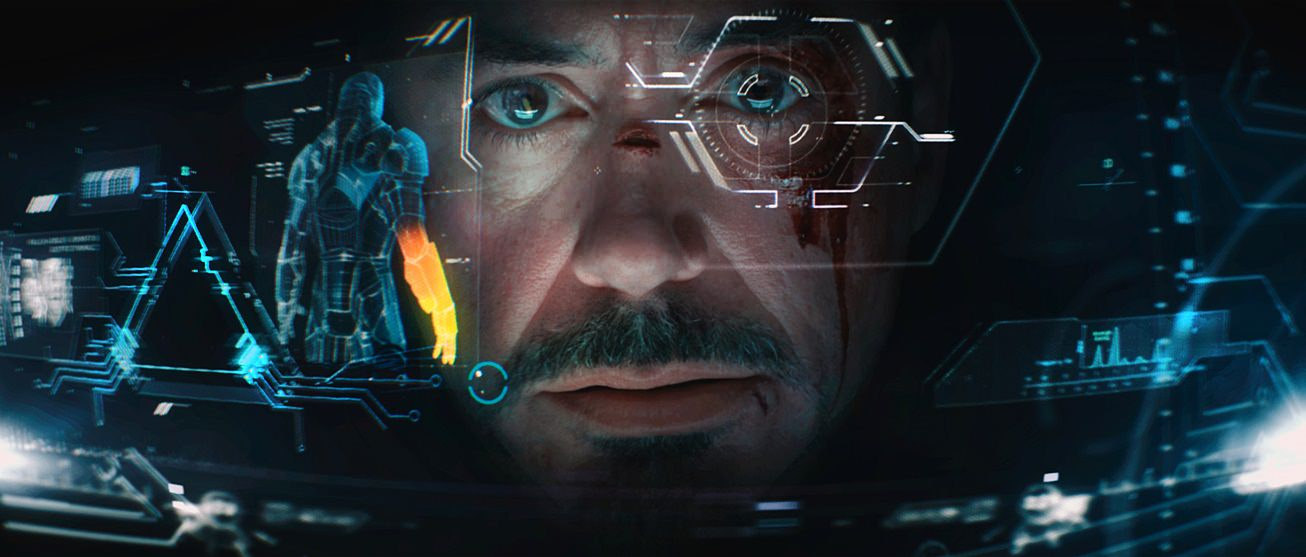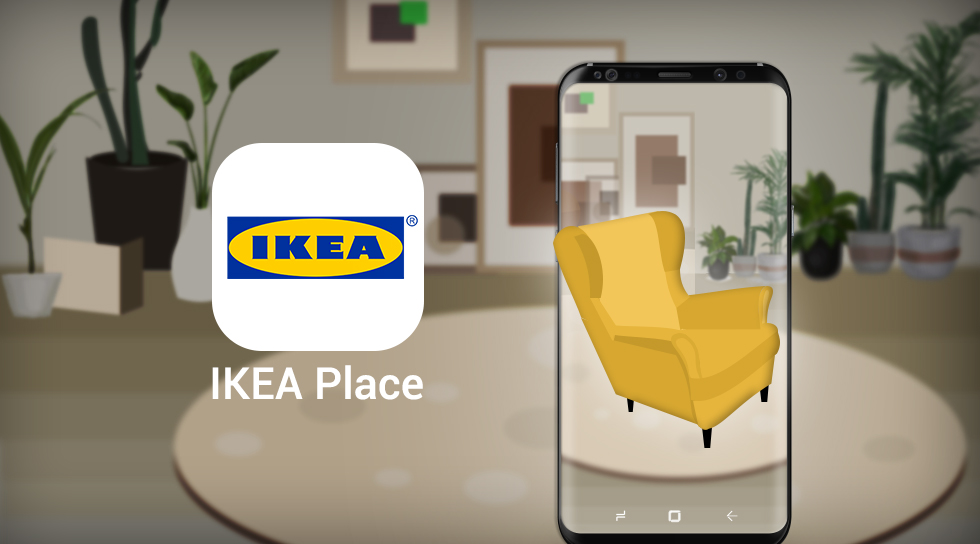Mixed Reality (MR) is emerging as a powerful force reshaping interactive storytelling by seamlessly blending digital content into real-world environments. Unlike traditional storytelling confined to screens or physical media, MR immerses audiences within narratives, making them active participants rather than passive observers. This evolving technology is pushing the boundaries of how stories are told, experienced, and remembered.
The year 2025 marks a turning point where MR is maturing, supported by more accessible hardware, advanced sensors, and sophisticated software frameworks, offering storytellers a rich canvas for creativity. This guide explores how MR is transforming interactive storytelling across industries, the technological innovations behind it, and the principles guiding effective MR narrative design.
Contents:
- What Is Mixed Reality?
- The Unique Characteristics of Interactive Storytelling in MR
- How MR Technologies Enhance Storytelling
- Design Principles for Effective MR Storytelling
- Compelling Examples of MR Interactive Storytelling
- Applications Across Industries
- Benefits of Using MR for Interactive Storytelling
- Challenges and Considerations
- Future Trends and the Evolution of MR Storytelling
- Conclusion
What Is Mixed Reality?
Mixed Reality stands at the intersection of Virtual Reality and Augmented Reality, combining the real and digital worlds into new hybrid environments. Unlike VR, which fully immerses users in a virtual space, or AR, which overlays digital objects onto real-world views, MR allows digital and real-world elements to coexist and interact in real time.
Devices like Microsoft’s HoloLens and Magic Leap facilitate MR by spatially mapping physical environments and anchoring digital content within them. This capability enables users to engage naturally with virtual characters, objects, and story elements that respond to their movements and context.


The Unique Characteristics of Interactive Storytelling in MR
MR storytelling revolutionizes narrative immersion by involving multiple senses—sight, sound, and even touch—within three-dimensional spaces. Audiences navigate stories spatially, interacting directly with digital elements that behave realistically according to physics and environment.
This interactivity transforms users from passive viewers into co-creators of the experience, making personal choices that influence narrative direction or solve story puzzles. MR’s contextual awareness ensures that stories adapt dynamically based on users’ location, actions, and surroundings, deepening engagement.
How MR Technologies Enhance Storytelling
Spatial audio and high-definition 3D visuals work together to create a lifelike atmosphere. Gesture and voice recognition allow users to control narratives fluidly, while real-time environment scanning lets the story integrate physical spaces seamlessly.
Technologies such as holograms and projection mapping bring static scenes to life. Interactive devices like HoloLens enable characters and scenes to appear vividly, bringing historical artifacts or fantasy worlds into one’s immediate environment.
Design Principles for Effective MR Storytelling
To craft compelling MR narratives, designers focus on creating immersive, spatially coherent experiences that guide users without restricting exploration. Adaptive story arcs respond to user input, enabling multiple narrative paths.
MR storytelling balances directed narratives with freedom to explore, encouraging discovery through hotspots and interactive character dialogues. Multi-sensory feedback enhances presence and emotional impact.
Compelling Examples of MR Interactive Storytelling
Several projects exemplify MR’s storytelling potential:
- Microsoft HoloLens educational experiences bring archaeology and science to life through interactive 3D models.
- Magic Leap’s immersive media enables interactive art and cultural narratives.
- The New York Times MR documentaries use mixed reality to transport audiences into news scenes, deepening empathy and understanding.
- Minecraft-based storytelling engages learners by allowing them to build and interact within story worlds.
- MR concerts and theater, like the Kagami experience with virtual musicians, blend live and virtual performance for intense emotional connection.
Applications Across Industries
MR’s impact spans entertainment, education, marketing, and beyond:
- In gaming and film, MR creates interactive, immersive narratives where players influence outcomes.
- Educational institutions use MR to simulate real-world environments, enhancing hands-on learning.
- Museums transform exhibits into interactive experiences, making history tangible and personal.
- Brands leverage MR for captivating customer engagement through immersive marketing campaigns.

Benefits of Using MR for Interactive Storytelling
Using MR enhances emotional resonance by placing audiences inside stories, encouraging active participation leading to better retention and satisfaction. The medium allows complexity with branching narratives and personalized content while grounding stories in familiar physical contexts.
Challenges and Considerations
Despite its promise, MR development faces hurdles including hardware cost and accessibility, technical limitations related to tracking and rendering, and challenges in user interface design to prevent disorientation. Balancing creative freedom with coherent storytelling also requires sophisticated narrative planning. Development and maintenance costs can be substantial.
Future Trends and the Evolution of MR Storytelling
AI integration is set to revolutionize MR storytelling by enabling dynamic, personalized narratives that respond to real-time user behavior and preferences. Advances in 5G and cloud computing will make streaming complex MR content seamless and scalable. Social storytelling through multi-user MR experiences will foster collaborative narratives. Tools empowering creators to build MR stories without heavy technical skills will democratize the medium.
Conclusion
Mixed Reality is fundamentally reshaping interactive storytelling by merging the digital and physical into immersive, user-driven narratives. It offers creators unprecedented tools to engage audiences emotionally and intellectually across sectors. As 2025 unfolds, MR’s role in storytelling will only deepen, inspiring richer, more meaningful connections between story and audience and opening new frontiers in narrative experience.
Start Your Mixed Reality Journey with Zeevium
Ready to build a smarter, more engaging future for your business using mixed reality? Connect with a Zeevium expert today to discuss your conversational AI and mixed reality needs. Discover how our innovative engine can help you achieve your goals by blending the digital and physical worlds.
- Request a consultation: Schedule a personalized session to explore tailored solutions for your industry.
- See a demo: Experience the power and intelligence of a Zeevium-powered mixed reality chatbot firsthand.
- Get a quote: Receive a customized proposal based on your specific project requirements.
Contact Zeevium today!
Website: zeevium.com
Email: info@zeevium.com
Phone: +65 91857674
Head Office: 81 Ayer Rajah Crescent, #02-46, Singapore 139967
